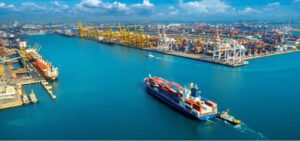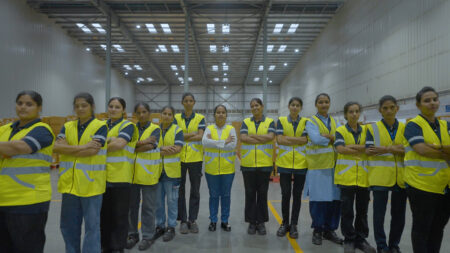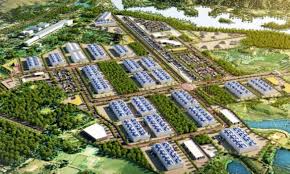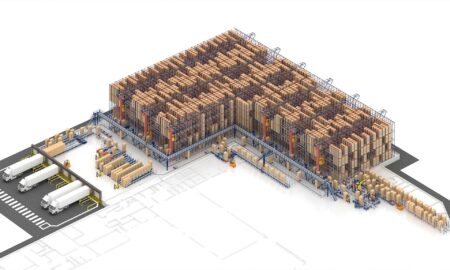ICRA projects a 13–14% YoY growth in warehousing supply across eight primary markets in FY2025, driven by manufacturing and 3PL sectors.
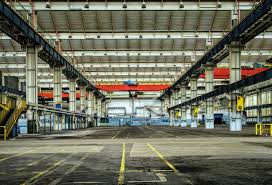
ICRA estimates that the industrial and warehouse logistics park (IWLP) supply in the eight primary markets will grow by 13–14% year-over-year in FY2025, reaching approximately 424 million sq. ft. Absorption is expected to increase to 47 million sq. ft. in FY2025, up from 37 million sq. ft. in FY2024, driven by strong consumption-led demand. The vacancy rate in these markets, which stood at 10% in FY2024, is anticipated to remain stable in FY2025.
The logistics and warehousing sector, granted ‘infrastructure’ status, is experiencing rapid expansion due to new-age sectors like e-commerce, the growing needs of the consumption market, and the government’s focus on making India a manufacturing hub. This has led to a significant rise in warehousing demand.
Tushar Bharambe, Assistant Vice President and Sector Head, Corporate Ratings at ICRA, provided more insights: “Over the last five years, the Grade A warehouse stock in the eight primary markets has grown at a healthy CAGR of 21%, reaching 183 million sq. ft. in FY2024. This is estimated to increase further by 19–20% YoY in FY2025. For the incremental Grade A supply addition of 35 million sq. ft. in FY2025, the absorption is likely to be around 29 million sq. ft. Consequently, the share of Grade A stock in the total warehousing supply is expected to expand to 51% by March 2025 from 49% at the end of the previous fiscal year.”
Global operators and investors own over 50–55% of the current Grade A stock in India, including CPPIB, GLP, Blackstone, ESR, Allianz, GIC, and the CDC Group. The long-term growth prospects for Grade A warehouses are supported by tenants’ growing preference for modern, efficient, and ESG-compliant warehouses.
The sector continues to see sustained demand from the third-party logistics (3PL) and manufacturing sectors, which together accounted for around 65% of the total leased area in ICRA’s sample set as of March 2024. The share of e-commerce stood at 15%. Mumbai and Delhi-NCR contributed around 42% of the warehousing stock as of March 2024, with overall occupancy remaining healthy at around 90%.
Despite favourable growth prospects, the steep increase in land prices poses a challenge. Rentals across key markets remain competitive due to the presence of many domestic and global players and the emergence of new micro-markets. This makes land costs a critical factor in determining the profitability of warehousing projects. With significant land price increases in Tier-1 cities, Tier-II and Tier-III cities are emerging as more cost-effective destinations for new Grade A warehousing developments.
Looking ahead to FY2025, Bharambe added, “ICRA expects the credit profile of operators to remain stable, driven by healthy occupancy levels and expected rental escalations. For ICRA’s sample set, occupancy levels are estimated to remain high at 93–95% in FY2024. Rental income and net operating income (NOI) are expected to expand by 30–32% YoY each in FY2025, supported by the commencement of rentals from newly added capacities and the realization of scheduled escalations for existing capacities.”
ICRA projects gross debt to increase by 11–13% in FY2025 due to debt availed for under-construction capacities. However, leverage, measured by debt/NOI, is likely to remain comfortable, improving to 5.3–5.5x by March 2025 from 6.3x in March 2024 due to healthy NOI growth. The coverage indicators, measured by DSCR, for ICRA’s sample are forecast to remain at 1.5–1.6 times in FY2025, up from 1.4 times in FY2024.

